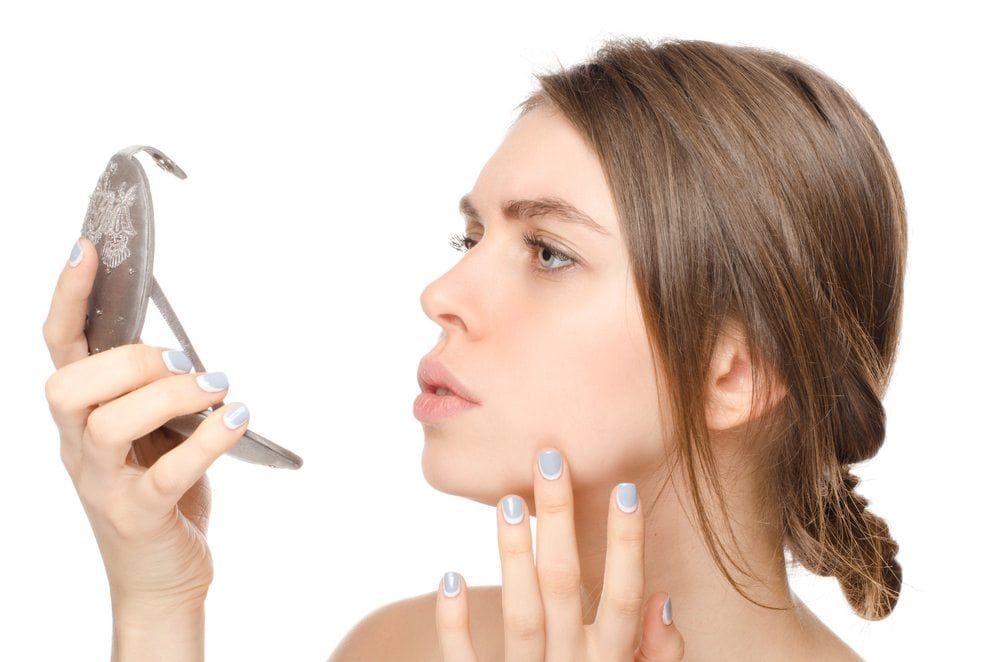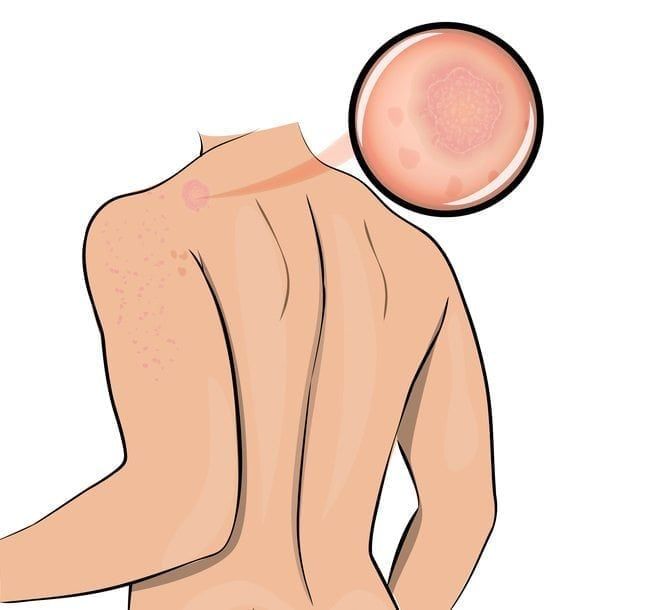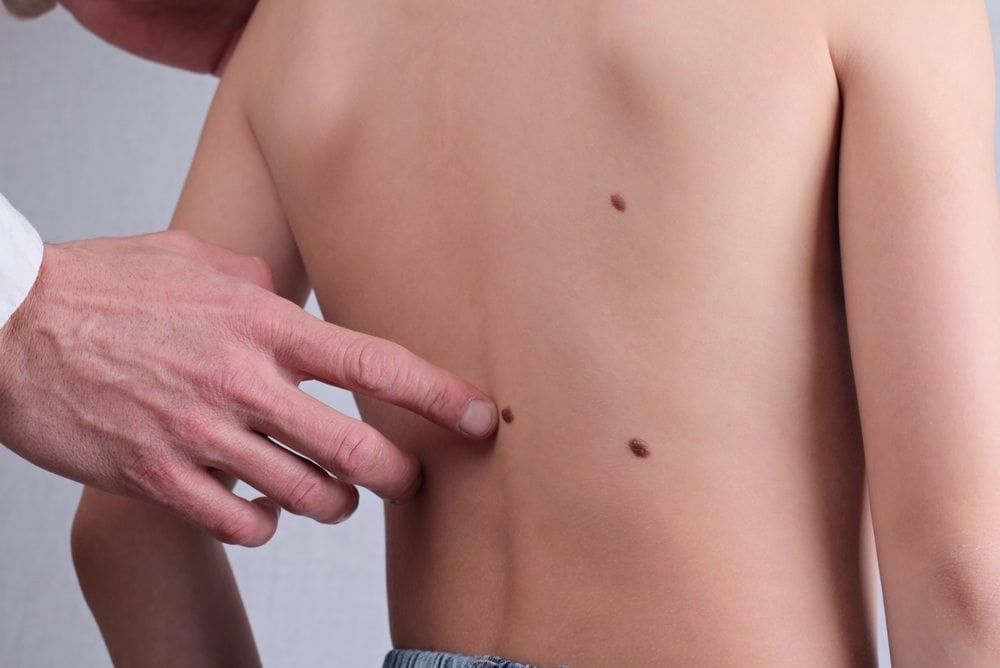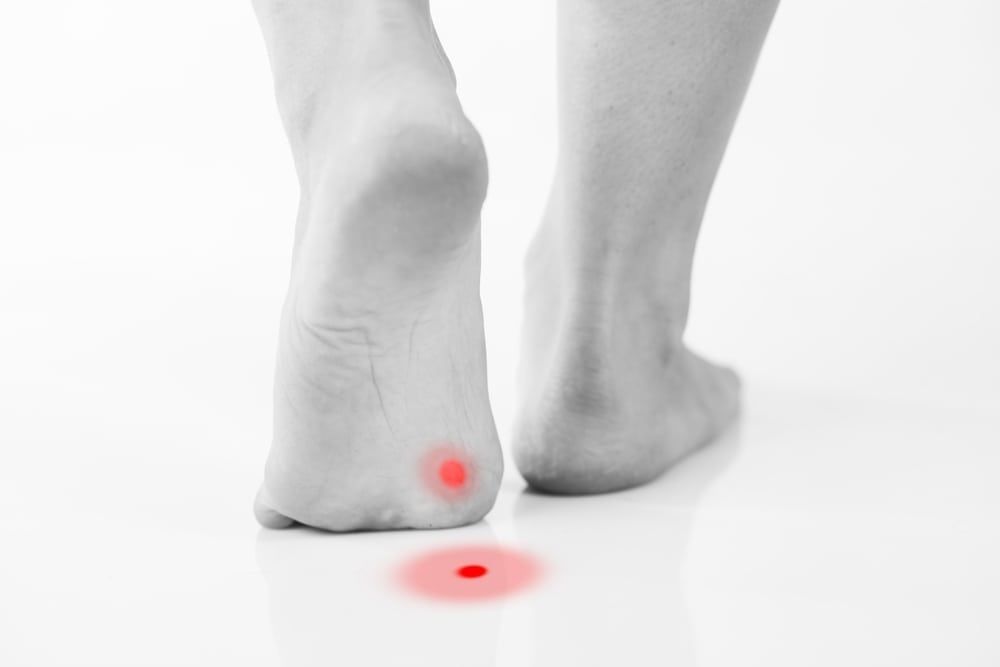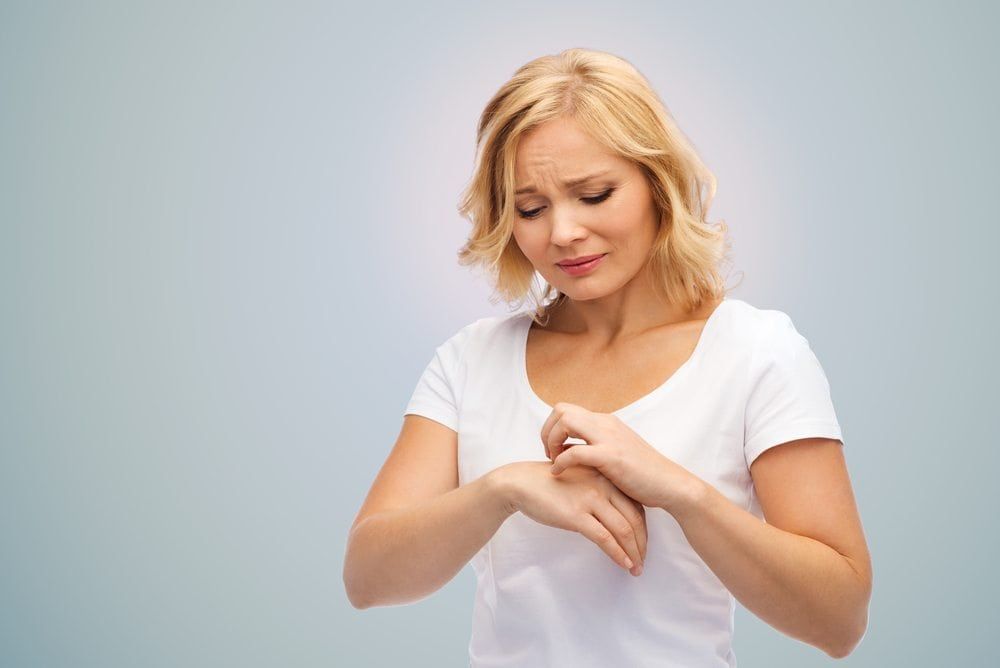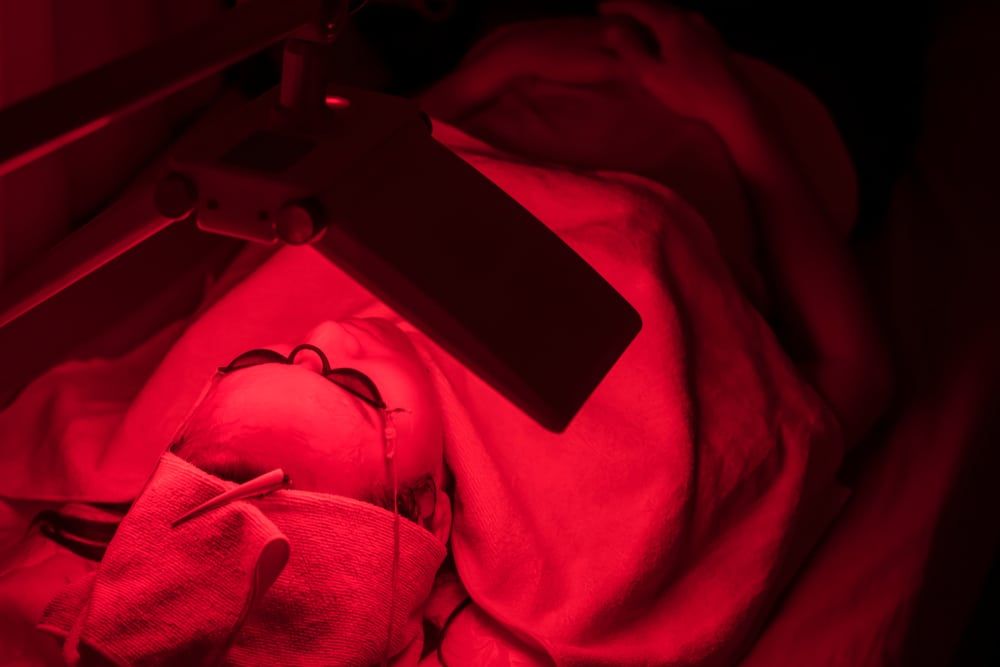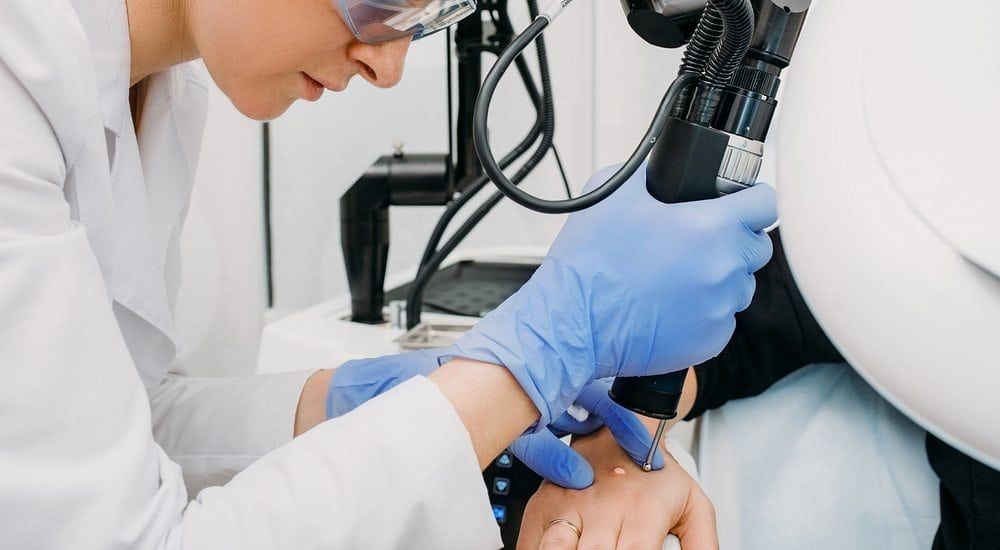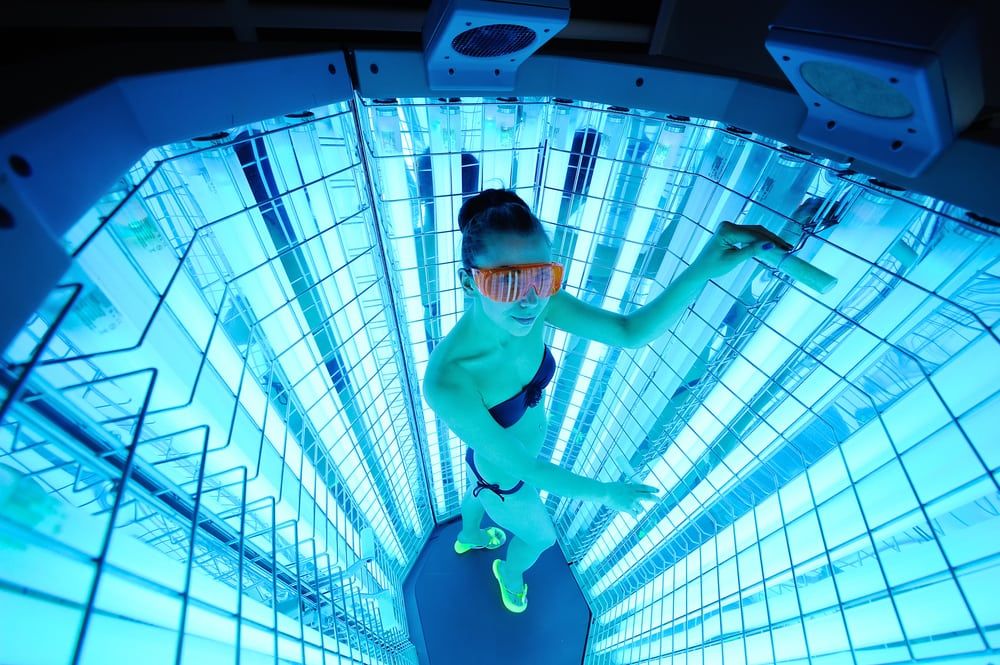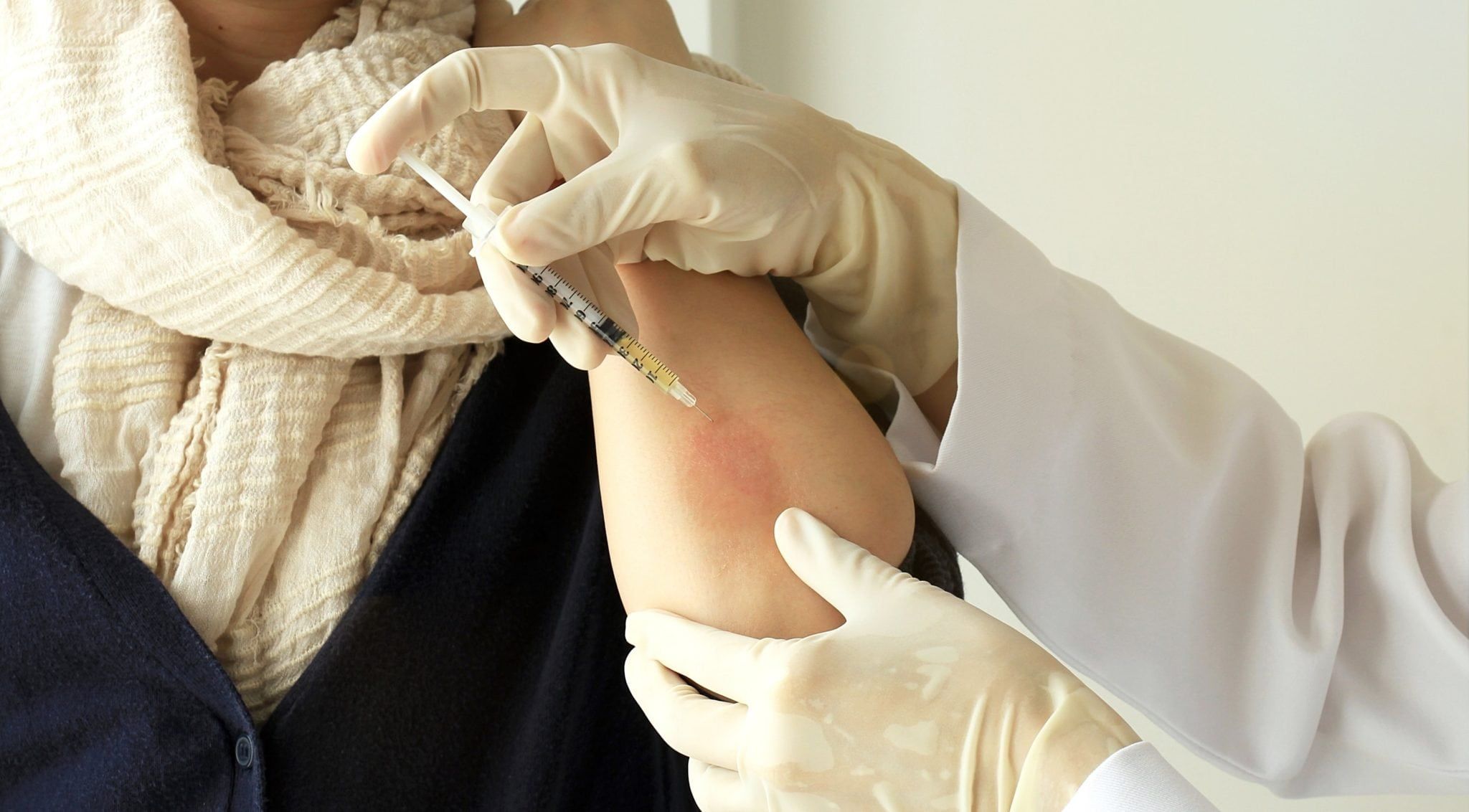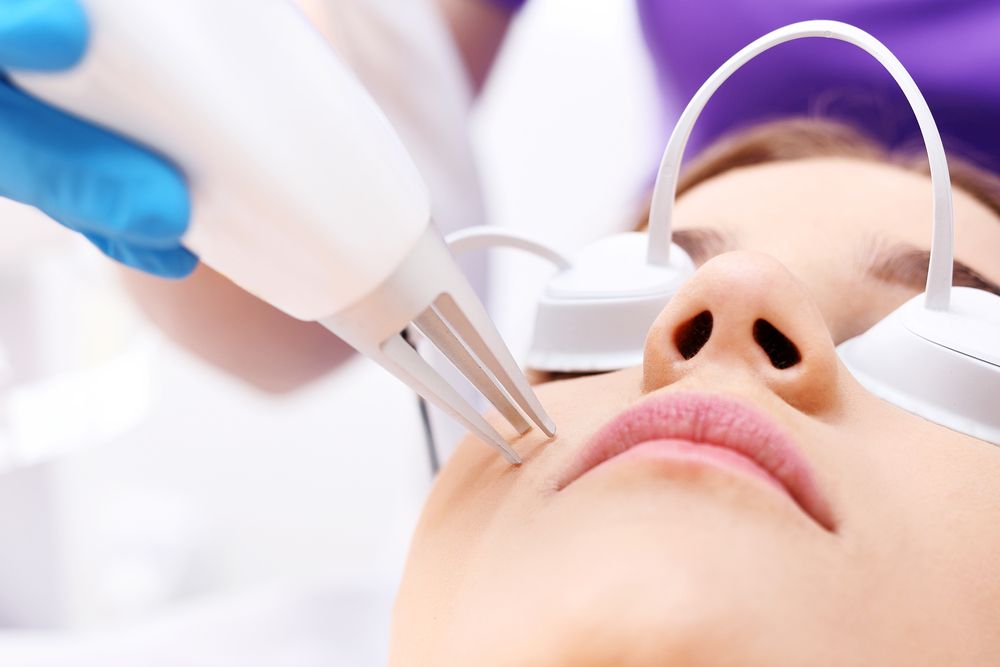
IPL laser for Acne
The IPL laser can treat both inflammatory lesions as well as scars. Intense Pulsed Light (IPL) uses high intensity light source to emit polychromatic light in a broad wavelength spectrum (400-1400nm) and it utilizes filters to better regulate the light spectrum to target skin problems with minimal discomfort and downtime. It is the newest and latest technology to provide a variety of aesthetic and therapeutic treatments for acne. We feel that the IPL laser is an excellent way to treat acne and avoid antibiotics with side effects. Research shows that the bacteria that causes acne is reduced by IPL. It’s a bonus that the IPL can also get rid of flat vascular red scars as it targets the pigment cells. A single cystic lesion can disappear in 24 hours after treatment with one laser blast. But, when treating the whole face, it can take 3-5 treatments to get results. The

